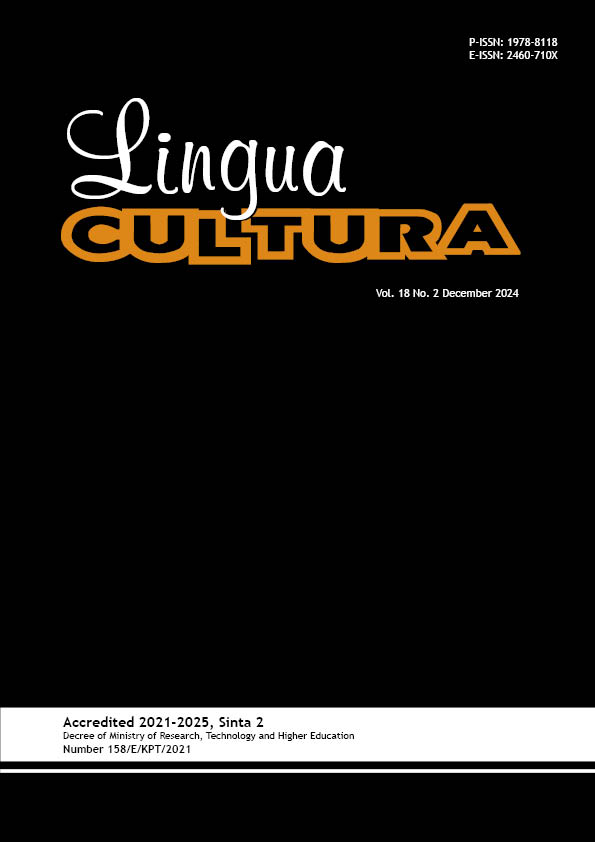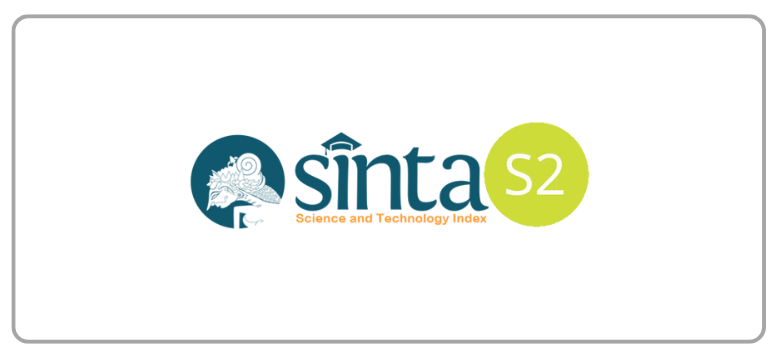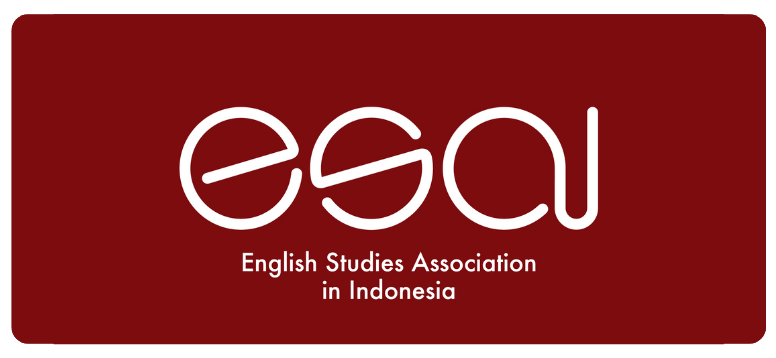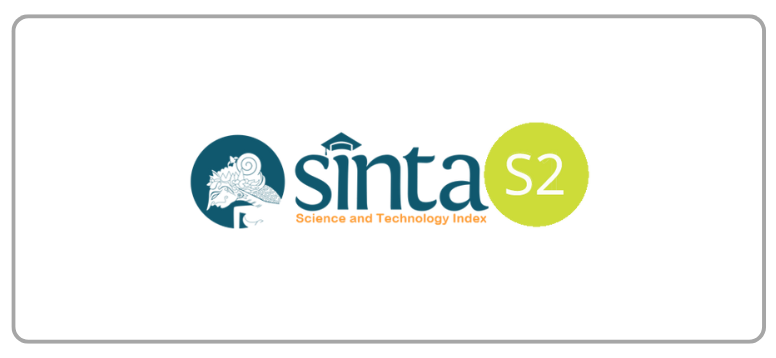Linguist, Lecturer, and Students' Perspective on the Approach and Methodology of the Listening Textbook
DOI:
https://doi.org/10.21512/lc.v18i2.12412Keywords:
listening textbook, listening course, foreign languageAbstract
The development of listening textbooks in language education has become essential due to the critical role of listening skills in foreign language acquisition, especially the approach and methodology. The approach is how the listening textbook is put together, and methodology is the specific methods and steps used to put these theories into practice. The research investigated the respondents’ perspectives on the approach and methodology in the listening textbook at one university in Indonesia. A quantitative research approach was utilized. There were nine respondents in the research: two linguists, one lecturer in the listening course, three students who had used the textbook, and three students who had not. The data collection was evaluation forms, which consisted of 18 statements. The evaluation form was utilized to collect the respondents’ perspectives on the approach and methodology associated with the listening textbook. The findings demonstrate three main findings related to the approach and methodology based on the respondents’ evaluation. First, the aims and objectives of the textbook are in line with the course’s objective. Second, the textbook has a positive influence on the students’ ability to listen. Third, the materials contained within the textbook are suitable for the students’ ability level. The findings show the extent to which the listening textbook aligns with theoretical principles and practical teaching requirements. The findings can also assist textbook authors, educators, and curriculum designers in developing engaging and learner-centered listening materials that enhance the students’ understanding.
References
Akbarjono, A., Melati, P., Martina, F., & Syafryadin. (2021). Content analysis of speaking activities in English textbook based on 2013 curriculum for the first grade students at senior high school. English Review: Journal of English Education, 10(1), 105-112. https://doi.org/10.25134/erjee.v10i1.5360.
Alsulami, Y. A. K. (2021). An evaluation of a fourth level English textbook used in secondary schools in Riyadh City. English Language Teaching, 14(2), 68-83. https://doi.org/10.5539/elt.v14n2p68.
Aruan, L., Sari, R., & Harahap, A. B. (2020). Using Prezi online software to improve teaching listening skill. International Journal of Education and Literacy Studies, 8(1), 104-108.
Ayu, M., & Inderawati, R. (2018). EFL textbook evaluation: The Analysis of tasks presented in English textbook. TEKNOSASTIK: Jurnal Bahasa dan Sastra, 16(1), 21-25. https://doi.org/10.33365/ts.v16i1.87.
Bakhsh, H. S., & Gilakjani, A. P. (2021). Investigating the effect of podcasting on Iranian intermediate EFL learners’ listening comprehension skill. LEARN Journal: Language Education and Acquisition Research Network, 14(2), 247-281.
Creswell, J. W., & Creswell, J. D. (2018). Research design: Qualitative, quantitative, and mixed methods approaches (5th Ed.). SAGE Publications, Inc.
Deregözü, A. (2021). The use of listening comprehension strategies in distance language education. English Language Teaching, 14(10), 62-69. https://doi.org/10.5539/elt.v14n10p62.
Edmonds, A. W., & Kennedy, T. D. (2017). An Applied guide to research designs: Quantitative, qualitative, and mixed methods. SAGE Publications, Inc.
Fakhruddin, Z., Usman, Rahmawati, & Sulvinajayanti. (2020). Designing English listening materials through YouTube video editing: Training for English teachers of Islamic junior high schools, Parepare, South Sulawesi. IJELTAL (Indonesian Journal of English Language Teaching and Applied Linguistics), 4(2), 275-290. https://doi.org/10.21093/ijeltal.v4i2.475.
Gavenila, E. I., Wulandari, M., & Renandya, W. A. (2021). Using TED Talks for extensive listening. PASAA: Journal of Language Teaching and Learning in Thailand, 61, 147-175.
Leavy, P. (2017). Research design: Quantitative, qualitative, mixed methods, arts-based, and community-based participatory research approaches. The Guilford Press.
López-Medina, B. (2021). On the development of a CLIL textbook evaluation checklist: A focus group study. TESL-EJ, 25(1), 1-17.
Nursyahrifa, Mukhaiyar, & Jufrizal (2019). Textbooks evaluation: To what extent do the English textbooks provide learning to promote cognitive skill? Metathesis: Journal of English Language, Literature, and Teaching, 3(1), 78-91. https://doi.org/10.31002/metathesis.v3i1.1250.
Öz, Ö. (2019). A post-use evaluation of an EFL coursebook from the perspectives of preparatory school students and instructors: A mixed methods study [Master's thesis, Middle East Technical University]. https://open.metu.edu.tr/handle/11511/43490
Passakornkarn, S., & Vibulphol, J. (2020). Development of world Englishes-based listening materials to raise the awareness of the varieties of English for Thai EFL upper secondary school students. LEARN Journal: Language Education and Acquisition Research Network, 13(1), 225-246.
Pei, T., & Suwanthep, J. (2020). Explore foreign language learners’ experiences under a metacognitive listening website. In 17th International Conference on Cognition and Exploratory Learning in Digital Age (CELDA 2020) (pp. 43-50). IADIS - International Association for Development of the Information Society. https://doi.org/10.33965/celda2020_202014l006.
Perdani, Y. D. (2023). The evaluation of the multimedia coursebook material in Listening 1 Course: Audio, video, and interactive activities. Lingua Cultura, 17(1), 33-40. https://doi.org/10.21512/lc.v17i1.9217.
Rozak, R. R., Saleh, M., Bharati, D. A. L., & Sutopo, D. (2021). Student teachers’ listening fluency interaction patterns: The use of similar news stories in narrow listening. Arab World English Journal, 12(1), 458-479. https://doi.org/10.24093/awej/vol12no1.30.
Roni, S. M., Merga, M. K., & Morris, J. E. (2020). Conducting quantitative research in education. Springer Nature Singapore Pte Ltd. https://doi.org/10.1007/978-981-13-9132-3
Salsabila, F. A., & Susanto. (2022). Cultural content analysis on English textbook “Think Globally Act Locally” for Junior Highschool Grade IX. In English Language and Literature International Conference (ELLiC) Proceedings (Vol. 5, pp. 16-29).
Santos, L. M. D. (2020). Textbook evaluation of a general English textbook for senior foreign language learners: Application of a textbook evaluation checklist. Journal of Education and E-Learning Research, 7(1), 22-27. https://doi.org/10.20448/journal.509.2020.71.22.27.
Scharrer, E., & Ramasubramanian, S. (2021). Quantitative research methods in communication: The power of numbers for social justice (1st Ed.). Routledge.
Serasi, R., Fatimah, L., Hakim, M. A. R., & Anggraini, D. (2021). A textbook evaluation on English textbook entitled "Grow With English" used by students of MI Nurul Huda Bengkulu City. Jurnal Al-Lughah, 10(1), 21-31.
Sultan, Haris, H., & Anshari. (2020). Functions and strategies to the integration of multicultural values in textbook discourse for elementary school students. Lingua Cultura, 14(1), 15-21. https://doi.org/10.21512/lc.v14i1.6219.
Wuttisrisiriporn, N., & Usaha, S. (2019). The development of a localized ELT textbook evaluation checklist: A case study from Thailand. Thaitesol Journal, 32(2), 46-64.
Yen, T. T. N., & Waring, R. (2022). Narrow listening as a method to improve EFL learners' listening comprehension. PASAA: Journal of Language Teaching and Learning in Thailand, 64, 194-215.
Zhang, X. (2020). Evaluation of suitability of a listening textbook for English majors in universities of China. Advances in Language and Literary Studies, 11(4), 87-94.
Downloads
Published
How to Cite
Issue
Section
License
Copyright (c) 2024 Yella Dezas Perdani

This work is licensed under a Creative Commons Attribution-ShareAlike 4.0 International License.
Authors who publish with this journal agree to the following terms:
a. Authors retain copyright and grant the journal right of first publication with the work simultaneously licensed under a Creative Commons Attribution License - Share Alike that allows others to share the work with an acknowledgment of the work's authorship and initial publication in this journal.
b. Authors are able to enter into separate, additional contractual arrangements for the non-exclusive distribution of the journal's published version of the work (e.g., post it to an institutional repository or publish it in a book), with an acknowledgment of its initial publication in this journal.
c. Authors are permitted and encouraged to post their work online (e.g., in institutional repositories or on their website) prior to and during the submission process, as it can lead to productive exchanges, as well as earlier and greater citation of published work.
USER RIGHTS
All articles published Open Access will be immediately and permanently free for everyone to read and download. We are continuously working with our author communities to select the best choice of license options, currently being defined for this journal as follows: Creative Commons Attribution-Share Alike (CC BY-SA)


















